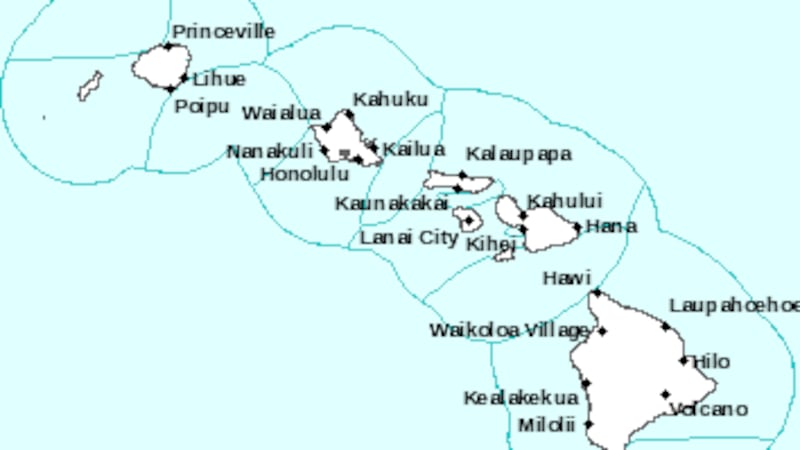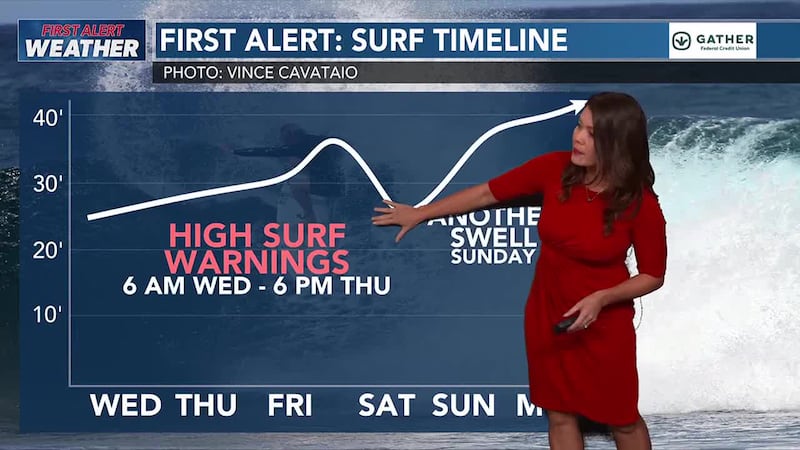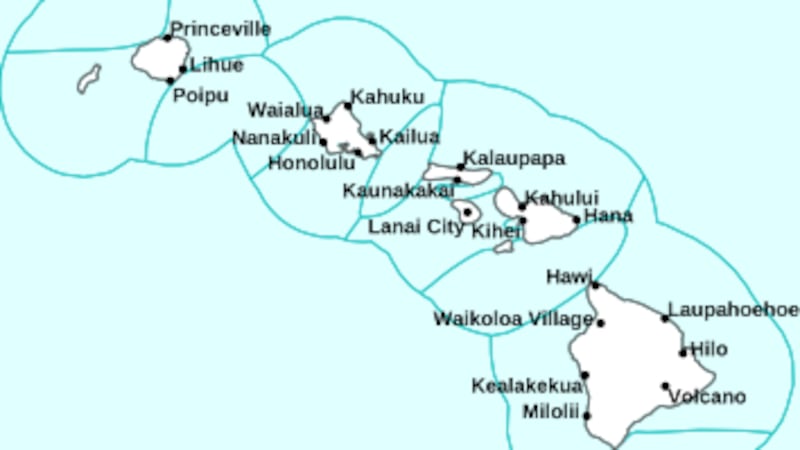First Alert Weather 101: What causes an eclipse?
HONOLULU (HawaiiNewsNow) - Eclipses were a popular topic in 2024, especially considering the total solar eclipse that moved across portions of the continental United States on April 8, 2024.

Earth experiences many different types of eclipses, which are all based on the order of the planet, sun, and moon.

The two types of eclipses experienced on Earth can be categorized as solar or lunar. Solar eclipses occur when the moon passes between the sun and Earth, casting a shadow on the planet’s surface.
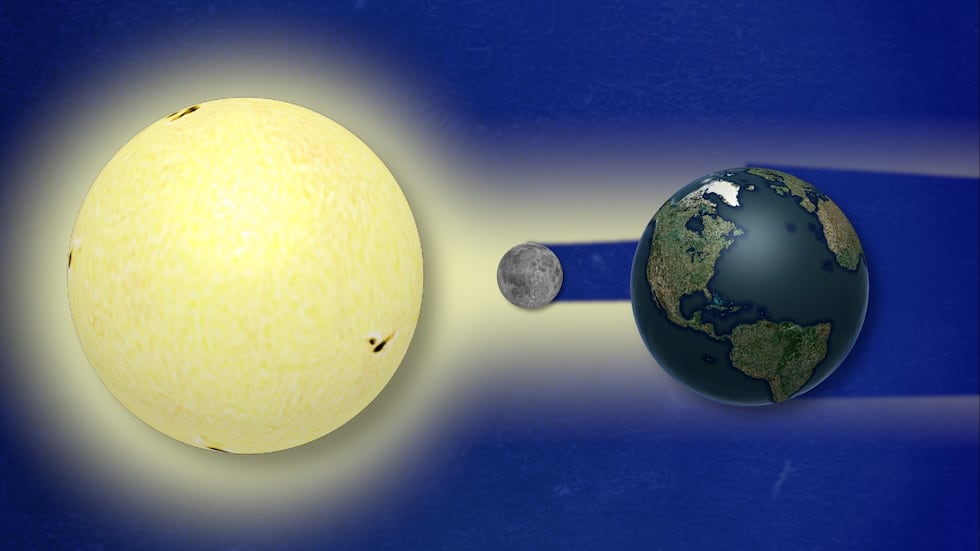
Total eclipses occur when the moon completely blocks out the sun. Partial eclipses are when only a portion of the star’s light is obscured.

However, an annular eclipse occurs whenever the moon isn’t close enough to Earth to block the sun completely.
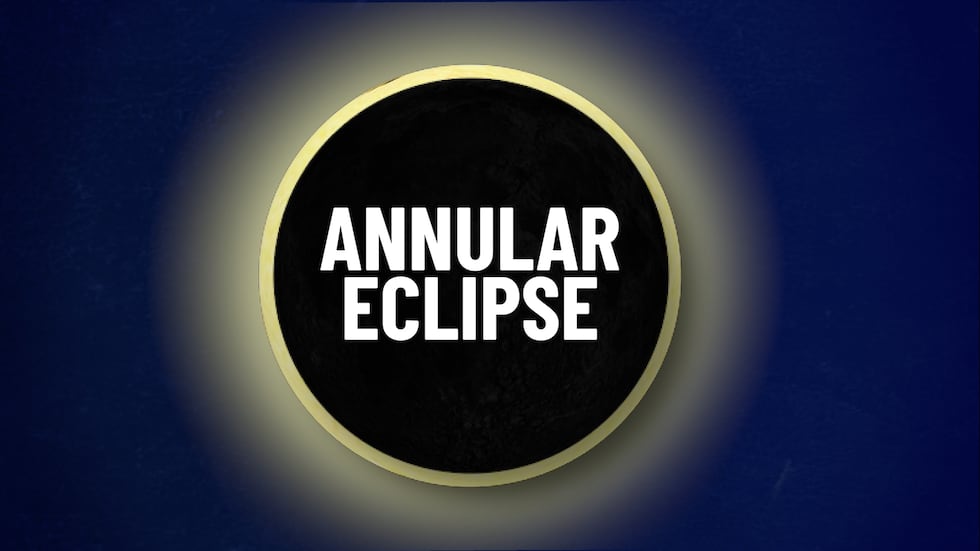
During an annular eclipse, the sun is visible along the outer portions of the moon.
Solar eclipses on Earth are relatively unique. Earth’s moon is relatively unique in that it is both the right size and close enough to the planet to block out light from the sun completely. That does not happen with the moons of other planets.
For example, Mars has two moons, Phobos and Deimos. Their irregular shapes and smaller sizes cause the planet to experience incomplete solar eclipses.

Lunar eclipses, on the other hand, occur when the Earth is between the sun and moon. The Earth’s shadow is then cast on the moon.
Hawaii has another chance to view a partial solar eclipse on Wednesday, Oct. 2, 2024.
An annular eclipse is set to move across the southernmost tip of South America, and the eclipse path will begin over the Pacific.
Hawaii will not see total coverage, but more of the sun will be obscured by the moon than the partial eclipse that occurred here back in April.

The eclipse will begin at 5:45 a.m., which is before sunrise.
The partial eclipse will not be visible until the sun rises at 6:23 a.m.
Maximum coverage of the sun will occur at 6:45 a.m., and approximately 46% of the sun will be obscured in Honolulu.
If you’d like to be able to view the eclipse, make sure you have free visibility to the east as the sun is rising.
Copyright 2024 Hawaii News Now. All rights reserved.











